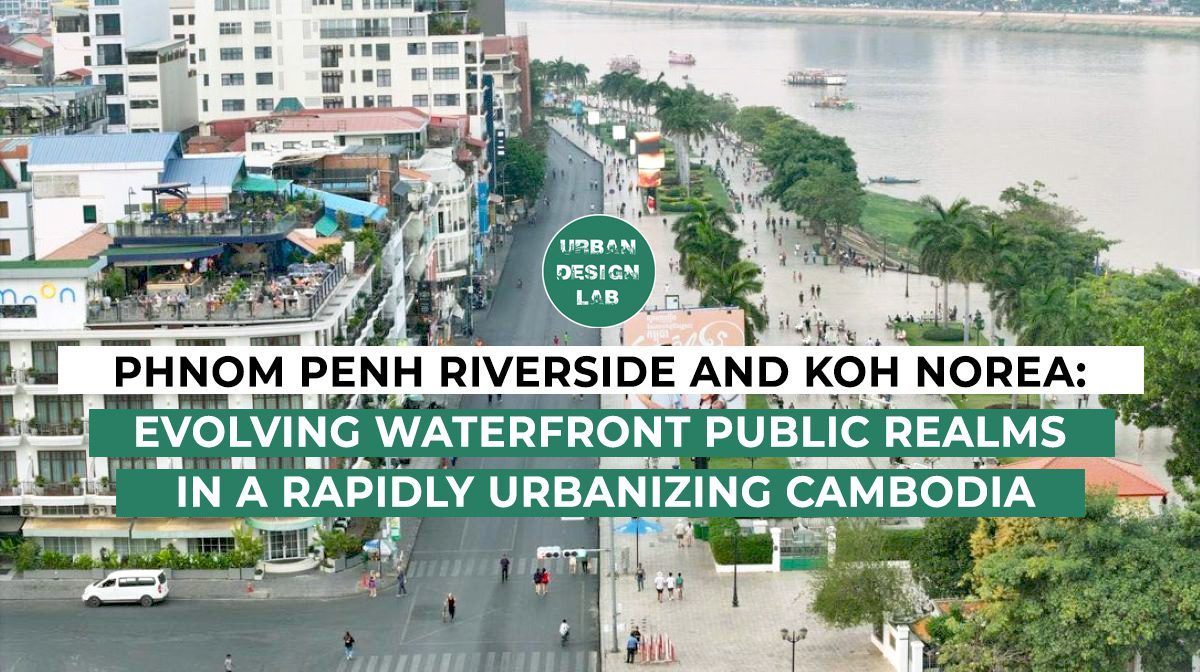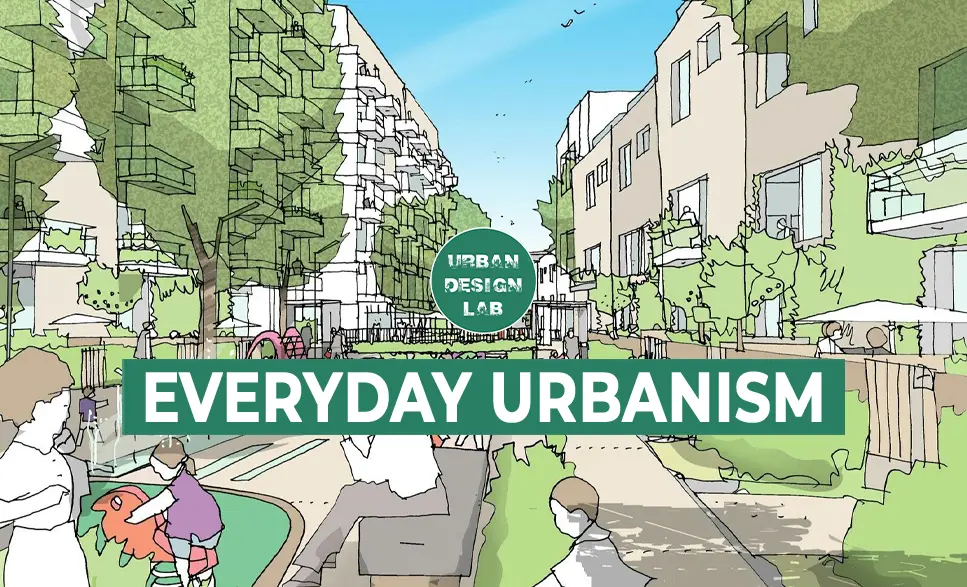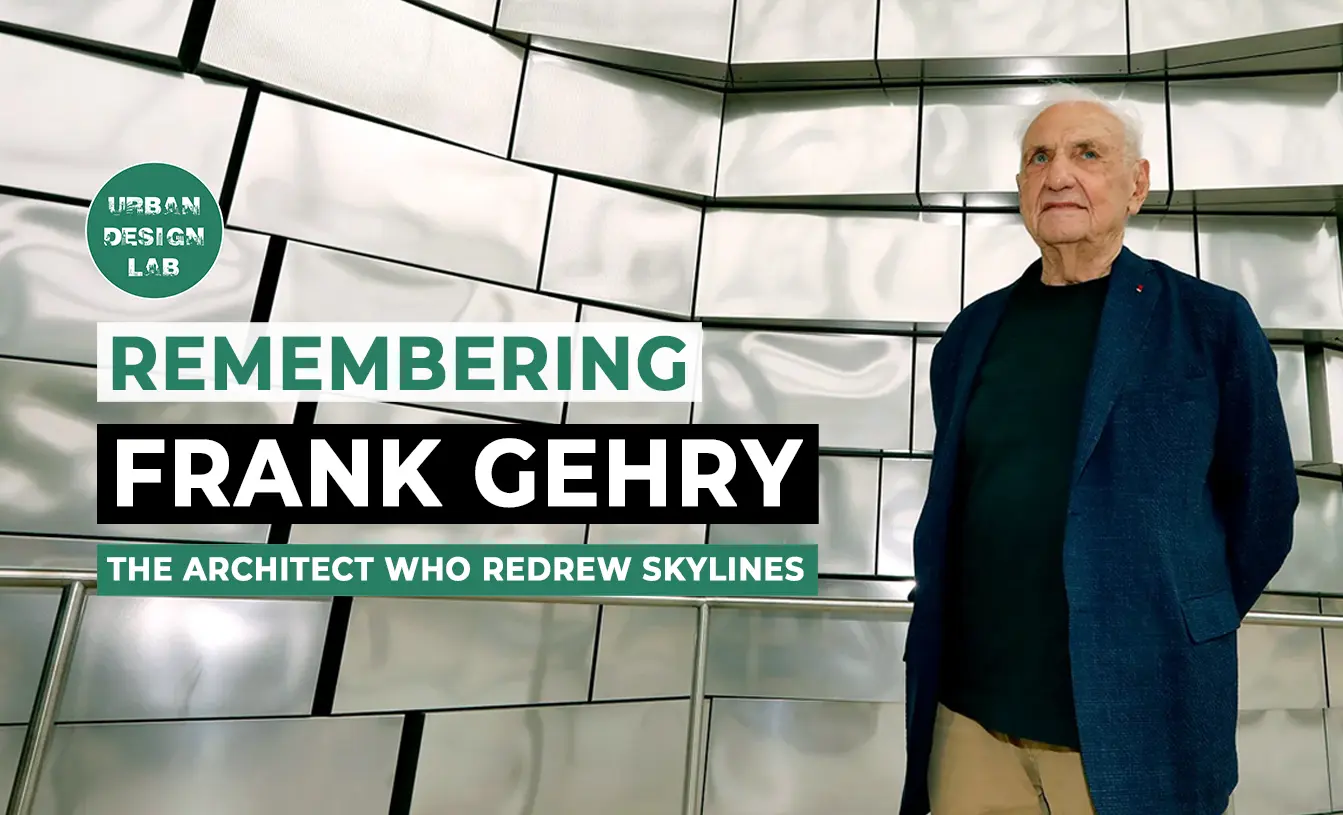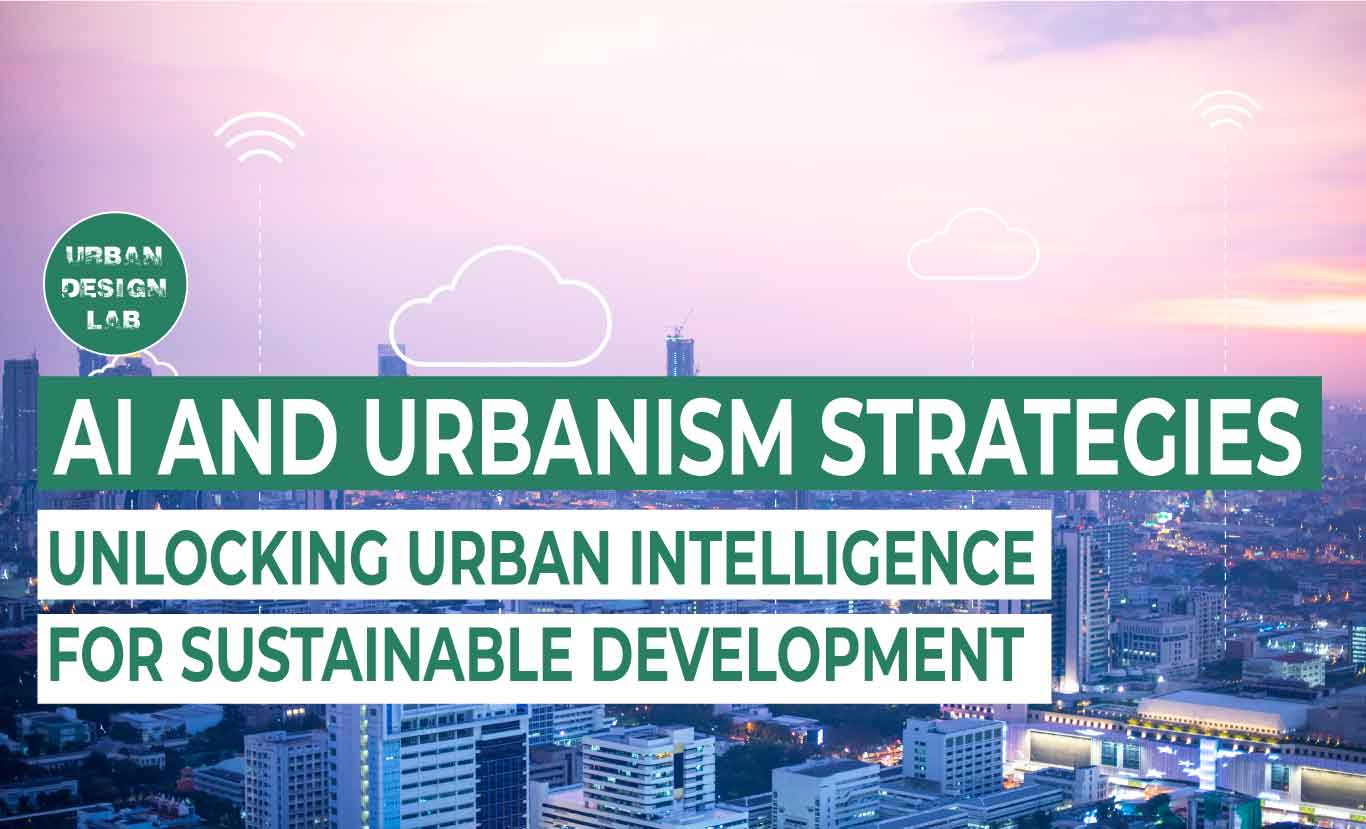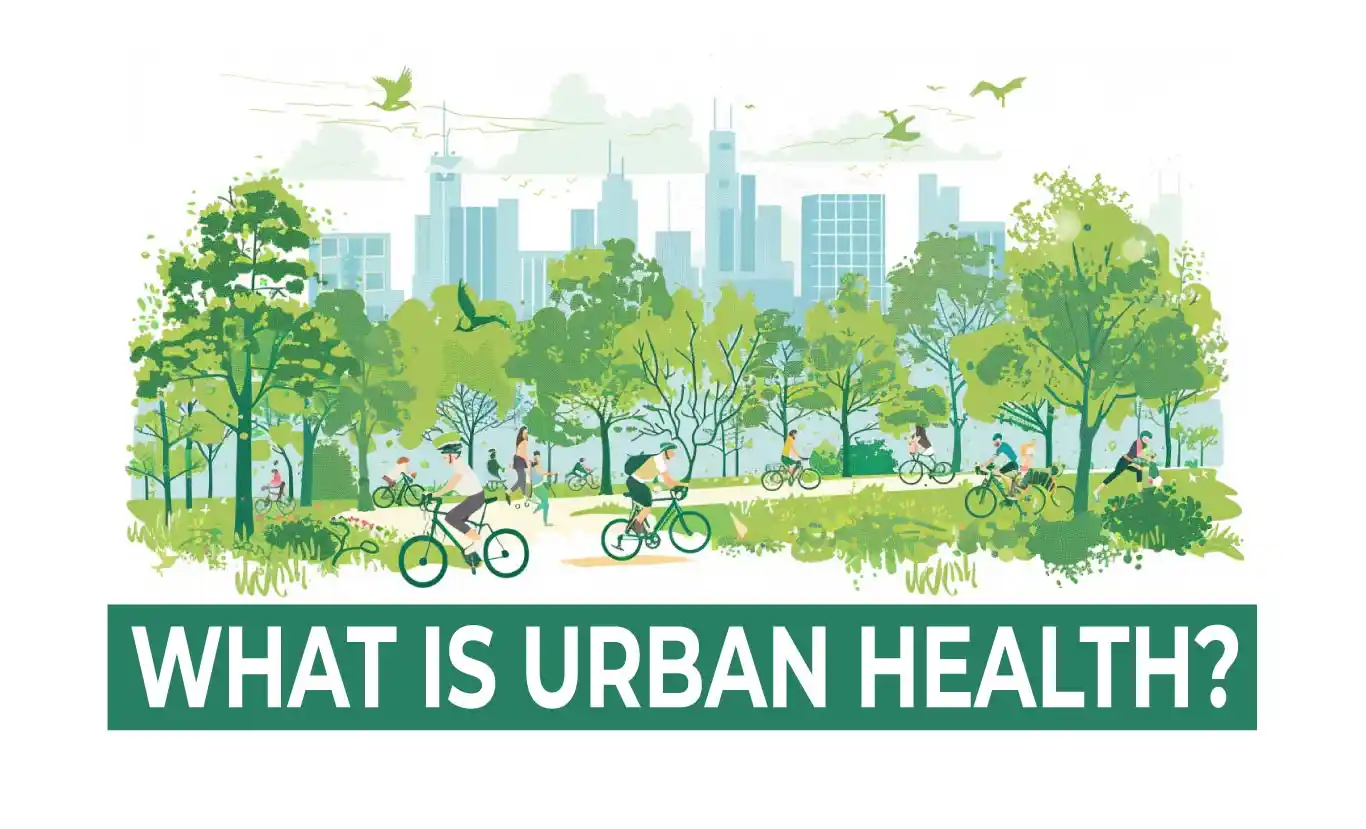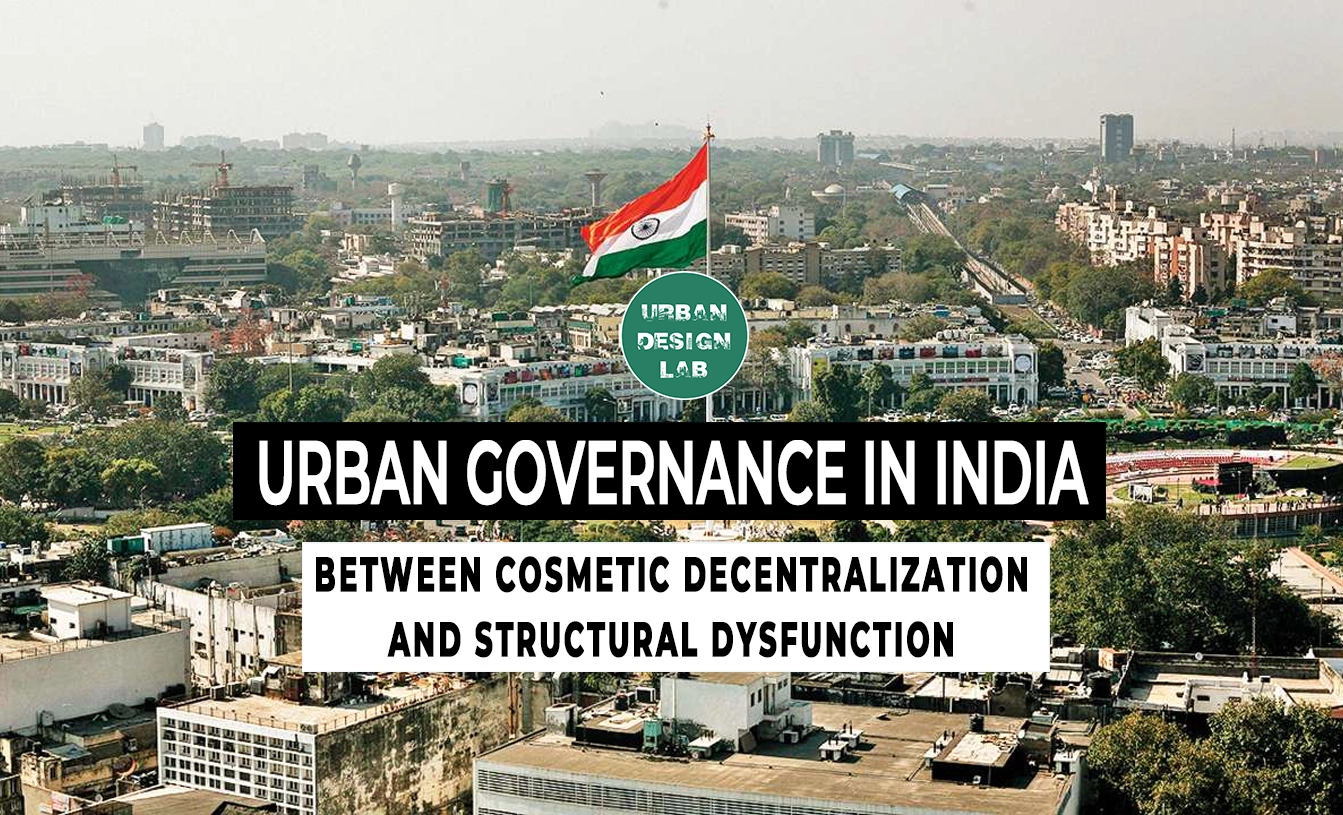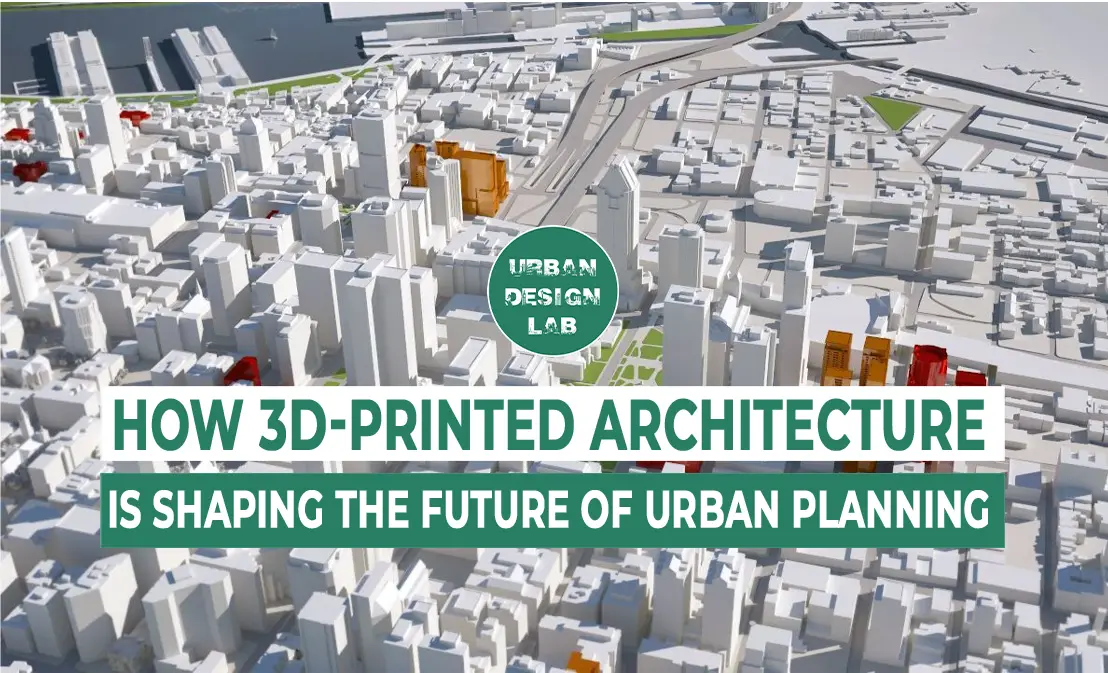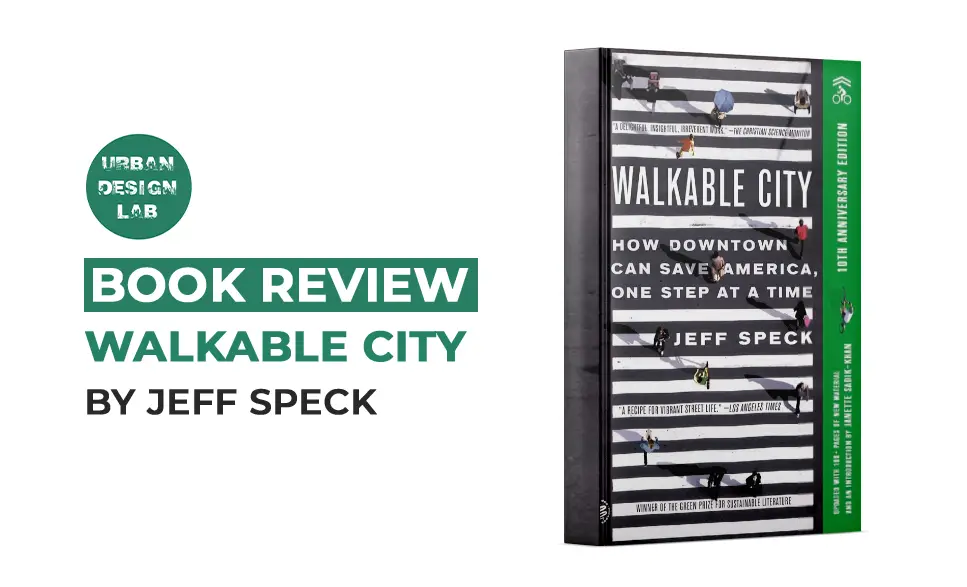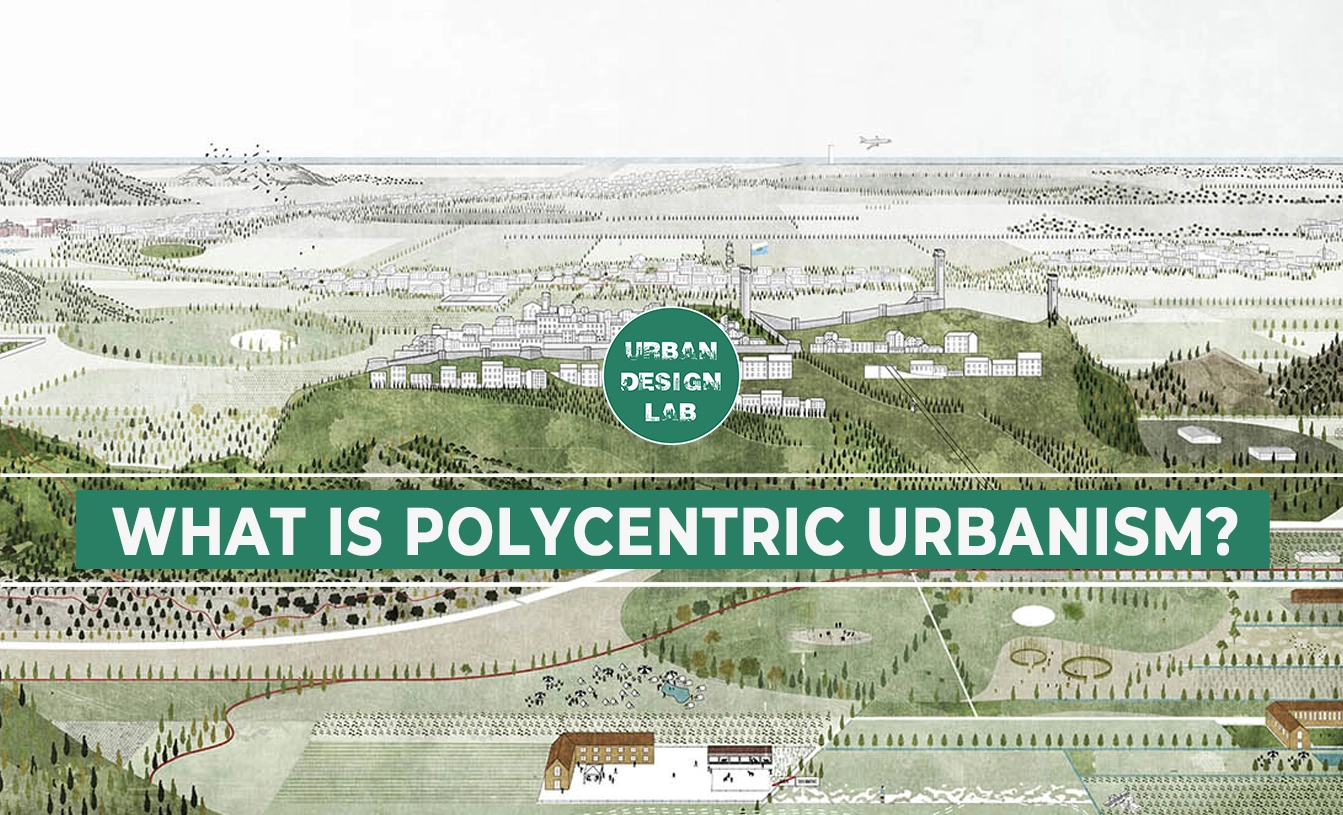
An Open Letter to Google re: Livable Cities | Jane Jacob
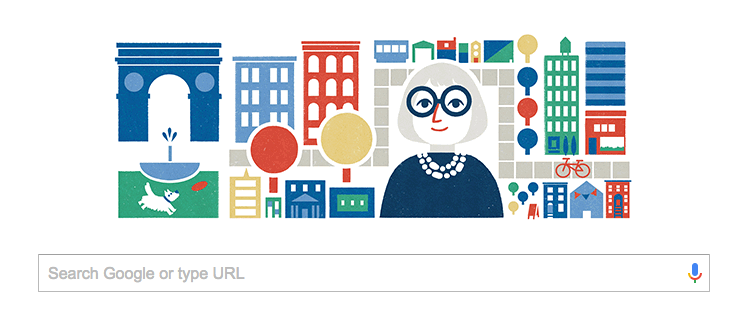
This year would be Jane Jacob’s 100th birthday, and what better to celebrate the memory of this incredible woman than walking along the very streets she helped fight to protect in New York City. This champion of everyday social life in public space and her de facto anthropological observations of people in cities have had a lasting impact beyond what most of us even know or can comprehend. Her legacy has grown to such an extent that even the Google “Doodle” today honors her in an appropriately mixed-use landscape of places for people.
How strange it is then that the recent news coming from Google is seemingly the exact opposite of what Jacobs once exalted: a fabricated city built solely for the purpose of testing Sidewalk Labs innovations.
From the Gizmodo article:
Apparently the biggest decision when one wants to build a techno-utopia is where to put it, so Sidewalk Labs is supposedly debating between retrofitting an existing city or building one from scratch. The finished city will apparently need to be big enough to accommodate hundreds of thousands of people, although I’m not sure if that means they’ll live there or work there. Sidewalk Labs is alsohiring a ton of people.
Alissa Walker then goes on to suggest that Google look into an existing city like San Francisco, that needs help and can demonstrate how tech can solve existing problems.
I agree with (the always awesome) Alissa Walker on her conclusion, but San Francisco has enough problems with economic disparity and top-down decision making as it is. There are many other cities out there that would probably welcome a civic partnership to help solve problems in their cities. What about Detroit? Pittsburgh? Atlantic City? Hook up with one of the many incredible mayors in this country making real change on the streets of their cities, doing what they can with what they have.
Or more importantly, why not couple with a city who not only needs it but also welcomes it in a way that isn’t entirely top-down? Jacobs was fighting against the outdated model of urban planning that attempted to create utopias while failing miserably due to a complete lack of consideration towards human behavior. The system that, like Robert Moses, dictated decisions from above while ignoring the protestors and real lives of people at the street level down below. This gentrification, like that of San Francisco, is one of the defining urban issues of our day and would benefit greatly from more research into a collaborative solution.
But this also begs the question: if they’re doing new and strange things in a fantasy city, how applicable will that be in a real city in any case? How realistic are these interventions going to be if they’re not actually being tested on real people in an authentic context? Especially if they are seemingly so top-down as to warrant skipping any kind of collaboration to begin with — I have my doubts.
And if it is something that’s not necessarily high-tech beta testing (like driverless cars), then you may as well just look back in history to get the data you need. Most of this information we already know because of the archaeological record of ancient cities, current scientific research, or again — real living laboratories in cities everywhere. Working with the people, and not over the people, may even reveal some surprising insights that a scale-city’s “citizens” would never authentically replicate. This principle of anthropology — direct observations and ethnography — should not be overlooked as a valuable contribution to any research done on cities today.
My fear is that Google is carrying on the same kinds of last-century thinking it embodies in its campus far outside of the urban core in an outdated model of isolated suburban office “parks” — exactly the opposite of what many other major companies are doing. Jane’s colleague William H. “Holly” Whyte, who researched the activity of people in the public spaces of New York City, found that this kind of migration to the exurbs was one of the core causes of urban decay in the first place. And that instead, by bringing people to the city and populating public spaces (like the streets and parks that Jacobs so loved), we have what we see today: happy, healthy, overwhelmingly popular urban environments. The research is there. We know what works.
Here in New York City they had the right idea and located their offices in dense Manhattan. Why not make New York your lab, and really honor Jacobs’ legacy? What we need is to use the work done by those who came before us, like Jane Jacobs and many other pioneering urbanists, and then fill the gaps with additional research. The problems we face are real ones, and need to be urgently addressed. And the truth is, these may very well be solved by the technological advances that Sidewalk Labs has the ability to create — but these will not be solved by wasting those valuable resources on a model city that will never fully recreate the complexity and beauty that is, as Jane said, the sidewalk ballet.
By continuing the work she did and not the very issues she fought against — by focusing on the people on the street that really make a (real) city tick — we can have a greater impact on cities today, and bring that knowledge to the places that need it most. If you ask me, that’s a much better way to honor Jane’s legacy.
Related articles


Architecture Professional Degree Delisting: Explained

Periodic Table for Urban Design and Planning Elements


History of Urban Planning in India

Best Landscape Architecture Firms in Canada
UDL Illustrator
Masterclass
Visualising Urban and Architecture Diagrams
Session Dates
17th-18th January 2026

Urban Design Lab
Be the part of our Network
Stay updated on workshops, design tools, and calls for collaboration
Curating the best graduate thesis project globally!

Free E-Book
From thesis to Portfolio
A Guide to Convert Academic Work into a Professional Portfolio”
Recent Posts
- Article Posted:
- Article Posted:
- Article Posted:
- Article Posted:
- Article Posted:
- Article Posted:
- Article Posted:
- Article Posted:
- Article Posted:
- Article Posted:
- Article Posted:
Sign up for our Newsletter
“Let’s explore the new avenues of Urban environment together “

























